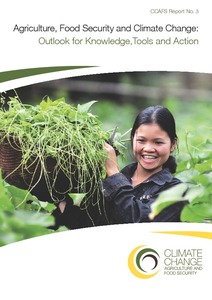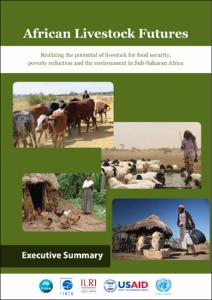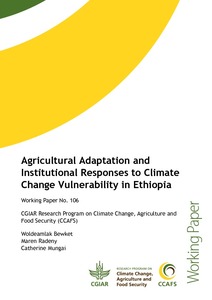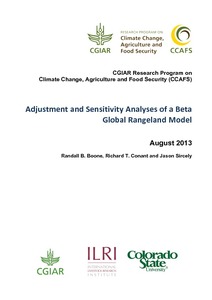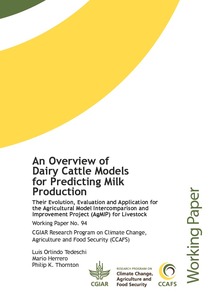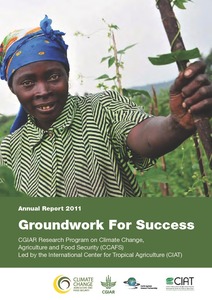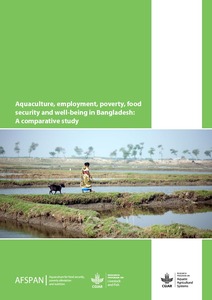Agriculture, food security and climate change: Outlook for knowledge, tools and action
Agriculture and food security are key sectors for intervention under climate change. Agricultural production is highly vulnerable even to 2C (lowend) predictions for global mean temperatures in 2100, with major implications for rural poverty and for both rural and urban food security. Agriculture also presents untapped opportunities for mitigation, given the large land area under crops and rangeland, and the additional mitigation potential of aquaculture.

